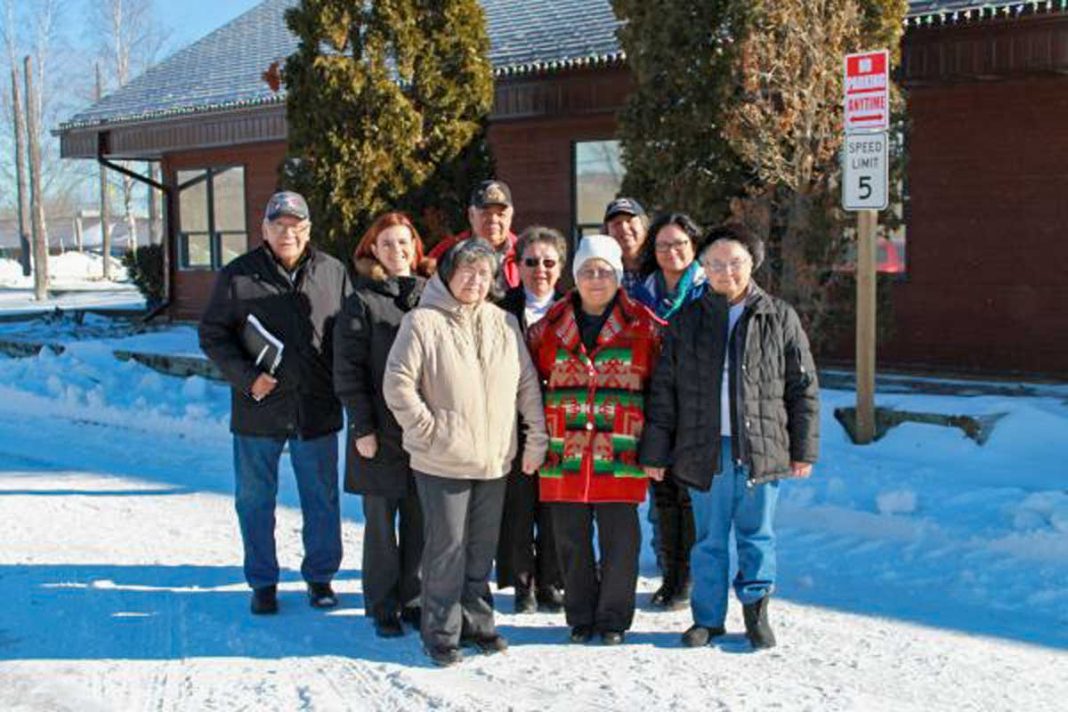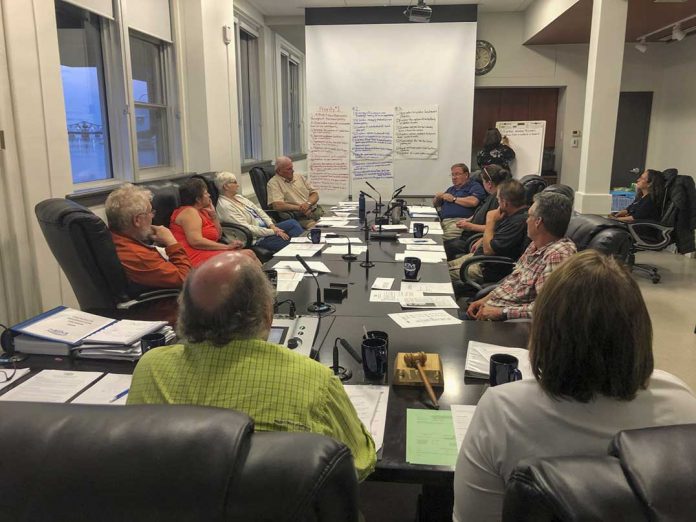EDITOR’S NOTE: The breakthrough Canadian Indigenous Cognitive Assessment (CICA) tool is expected to revolutionize dementia diagnosis and care in aging Canadian Indigenous populations. It was developed here on Manitoulin Island. The Expositor will be exploring more aspects of the tool in future editions, continuing with an overview of the validation process in the next edition of this series. To access the free CICA tool, visit i-CAARE.ca.
MANITOULIN—Teams of researchers, community members and healthcare providers on Manitoulin Island have spent years working on the problem of inadequate dementia and cognitive disorder diagnoses for Indigenous peoples in Canada, culminating in the November 2019 release of the Canadian Indigenous Cognitive Assessment (CICA) tool.
To understand the roots of this tool, which was developed on Manitoulin Island, one must first focus on the other side of the world—Australia.
Culturally sensitive tool origins
In 2006, Australian researchers released the Kimberly Indigenous Cognitive Assessment (KICA), a first-of-its-kind tool that introduced culturally appropriate dementia screening techniques for Indigenous peoples living in the Kimberly and Northern regions of Australia.
Other cognitive assessment tools used in Canada, such as the state-of-the-art Montreal Cognitive Assessment tool, are not designed with Indigenous patients in mind. Despite its description as “the most sensitive cognitive screening tool,” assessments like the Montreal test cannot adequately speak to the lived experiences of Canada’s Indigenous peoples.
Some elements of the Montreal test involve examples that may be irrelevant to on-reserve life, such as asking a patient to repeat the sentence ‘she heard his lawyer was the one to sue after the accident,’ or identifying animals such as donkeys, pigs and a kangaroo.
These can lead to negative healthcare experiences that discouraged patients from attending follow-ups, thus limiting people from accessing future care because they felt improperly served.
As a comparison, the Australian KICA asks tasks such as ‘tell me the names of all the animals that people hunt’ and ranks that question based on the number of animals the loved one undergoing testing can name.
Indigenous cognitive assessment tools tend to be written in Native languages or completed with the help of an interpreter, so the loved one does not have to overcome an additional language barrier.
Dementia interest heads north
It was in 2012 that Kristen Jacklin, then an associate professor of medical anthropology at the Northern Ontario School of Medicine, met the investigators who had developed the KICA at a conference. Hearing about their research successes proved to be an inspiration.
“We immediately saw some value in learning more about what they were doing. I wrote a small grant at that point to take a group to Australia to learn more about it—not just about how the tool worked but how it was developed with Indigenous communities there,” says Dr. Jacklin, who now works as a professor of medical anthropology at the University of Minnesota Medical School Duluth.
The team took the KICA model to advisory councils on Manitoulin and described that they wished to base a Canada-specific tool on a modified version of the KICA.
“(The Australian researchers) have continued to advise us throughout this whole process. We’re in regular contact with them and there’s a bit of an international movement starting around the original KICA,” says Dr. Jacklin.
Indigenous perspectives on dementia
Dementia tends to be viewed in a unique way within First Nation populations. Symptoms of dementia and cognitive decline are linked with a ‘second childhood’ stage of the life journey and are reflective of the circle of life.
Some groups view the strange thought processes as a sign that a loved one is closer to the spirit world and is helping the spirits to communicate on Earth.
These viewpoints contrast with the biomedical community’s tendency to treat dementia as a disease or illness to be solved.
“I don’t want to say there wasn’t any fear or stigma about the condition; that wasn’t the case, but by viewing it as part of the journey, there was certainly more understanding and more willingness to keep those people socially engaged and part of the community,” says Dr. Jacklin.
Regardless of how a condition such as dementia is interpreted, those living with any sort of cognitive impairment require supports in order to thrive.
“When you start talking about illnesses that affect elders in Indigenous communities, there’s a lot of value placed on ensuring that the individual is kept in an environment as familiar to them as possible, and is well supported by family and community,” says Dr. Jacklin.
She refers to the feeling of love as being central to the healing process, with love including being surrounded by family and friends, staying within their familiar environment that allows access to the natural outdoor world, and being surrounded by their traditional language.
Given the significance of love in positive care outcomes, researchers developing the Canadian tool use the term “loved one” to refer to a patient facing a cognitive disorder.
Island teams get to work
Naandwechige-Gamig Wikwemikong Health Centre community researcher Karen Pitawanakwat has been a major driver behind developing the Canadian tool. Representatives from Island First Nations and Anishinabek health providers joined an advisory committee, which also included elders, Anishinaabe language experts and caregivers.
In addition, the team formed a health expert panel that brought together a physician, nursing specialist, First Nation homecare nurse and personal support workers.
The groups began by looking at the KICA’s procedure and assessing what they should change to make the tool relevant for a Manitoulin Anishinabek user base. After some question changes, 15 people took part in a reliability study.
That study proved that the results were the same regardless of who was administering the test.
“The tool itself is asking questions in a way that people would understand. It was translated into our language and we were very careful with the tone that was being used to ask questions,” says Ms. Pitawanakwat.
The questions in the Canadian tool are less direct than other tools currently in existence, according to Ms. Pitawanakwat, and the tool allows for more time to complete the testing at a comfortable pace.
“When we tested the tool, the people who experienced it were very pleasantly surprised at the end,” says Ms. Pitawanakwat. “They were just really shocked, ‘is that all there is to it?’ It is quite simple, easy to administer and easy on the person being tested.”
The first draft of the Canadian Indigenous Cognitive Assessment (CICA) tool had begun to take shape. The next edition of The Expositor will include information about the validation process the researchers followed to prove the test would provide useful clinical information.





